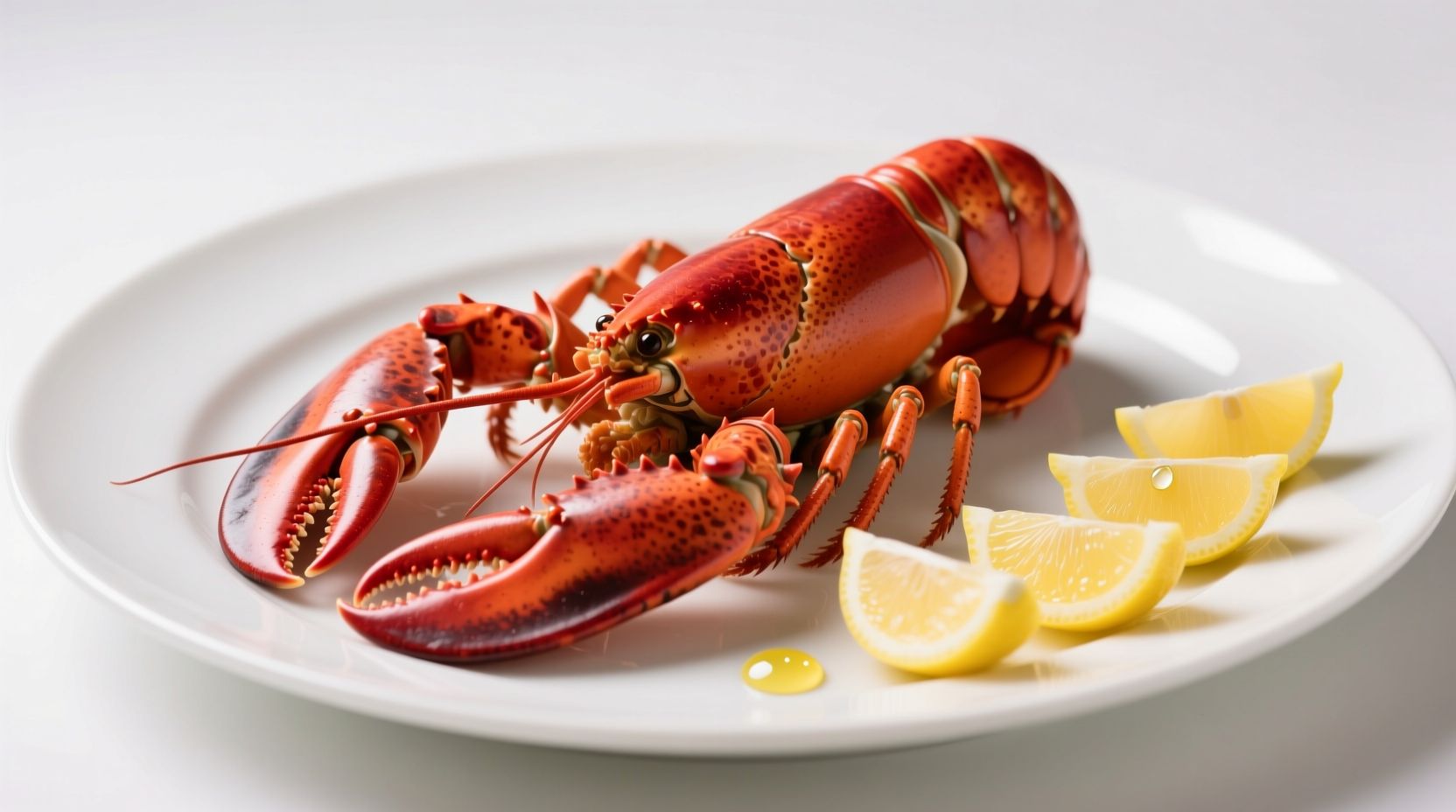Master the Art of Cooking Whole Lobster Like a Pro
Nothing says special occasion like a perfectly cooked whole lobster. Many home cooks avoid preparing lobster themselves, fearing tough meat or complicated techniques. But with the right approach, cooking whole lobster is surprisingly straightforward. This guide cuts through the confusion with chef-approved methods that ensure tender, flavorful results—no restaurant required.
Selecting Your Lobster: The Foundation of Success
Your cooking journey begins at the market. Choose live lobsters that are active and heavy for their size—this indicates meaty portions. The Maine Lobster Marketing Collaborative confirms that 1-1.5 pound lobsters offer the best meat-to-shell ratio for home cooking. Avoid lobsters with sluggish movement or noticeable odor, which indicate poor freshness.
| Lobster Weight | Boiling Time | Steaming Time |
|---|---|---|
| 1-1.25 lbs | 8-10 minutes | 10-12 minutes |
| 1.25-1.5 lbs | 10-12 minutes | 12-14 minutes |
| 1.5-2 lbs | 12-14 minutes | 14-16 minutes |
This cooking time reference aligns with FDA food safety guidelines requiring seafood to reach 145°F internal temperature for safe consumption. Always measure at the thickest part of the claw using an instant-read thermometer.
Humane Handling: Ethical Preparation Matters
Before cooking, handle your lobster humanely. The American Society for the Prevention of Cruelty to Animals (ASPCA) recommends placing live lobsters in the freezer for 15 minutes to induce a sleep-like state before cooking. This method minimizes distress while maintaining meat quality. Never place live lobsters directly into boiling water without first reducing their consciousness.

Step-by-Step Cooking Process
Preparation Essentials
Gather these tools before starting:
- Large stockpot with tight-fitting lid
- Seafood steamer basket (for steaming method)
- Instant-read thermometer
- Heavy gloves for handling
- Sea salt (1/4 cup per gallon of water)
The Boiling Method: Simplest Approach
- Fill pot with enough water to cover lobsters, adding 1/4 cup sea salt per gallon
- Bring to rolling boil
- Carefully lower lobsters headfirst using tongs
- Cover immediately and start timer based on weight
- Remove when shells turn bright red and meat is opaque
Steaming Alternative: Enhanced Flavor Preservation
For more concentrated flavor, steaming works beautifully. Place 2 inches of salted water in pot with steamer basket. When water boils, add lobsters, cover, and steam according to the weight-based timing chart. This method prevents flavor dilution while ensuring even cooking.
Doneness Indicators: Beyond Just Timing
While timing provides a good baseline, these visual cues confirm perfect doneness:
- Shell color change from blue-green to vibrant red
- Meat becomes opaque white throughout
- Claws feel firm but not rubbery when squeezed
- Internal temperature reads 145°F at thickest part
- Egg sacs (if present) turn from translucent to opaque red
Serving Like a Professional
Remove cooked lobsters immediately and drain briefly. Serve with:
- Melted clarified butter with lemon juice
- Drawn butter with fresh herbs
- Simple garlic aioli for dipping
Provide lobster crackers, picks, and plenty of napkins. For an authentic New England experience, serve with corn on the cob and baked potato.
Troubleshooting Common Issues
Rubbery meat? You've overcooked the lobster. Reduce timing by 1-2 minutes next time.
Translucent meat? Lobster needs additional cooking. Return to pot for 1-2 minutes.
Difficulty cracking shells? Use kitchen shears to cut through the underside first, then crack claws with a mallet.
Why This Method Works Every Time
This approach combines culinary science with practical experience. The salted water mimics ocean salinity, preventing meat toughness. Proper timing ensures proteins coagulate without squeezing out moisture. The humane handling respects animal welfare while maintaining meat quality—stressed lobsters can release enzymes that toughen meat.











 浙公网安备
33010002000092号
浙公网安备
33010002000092号 浙B2-20120091-4
浙B2-20120091-4